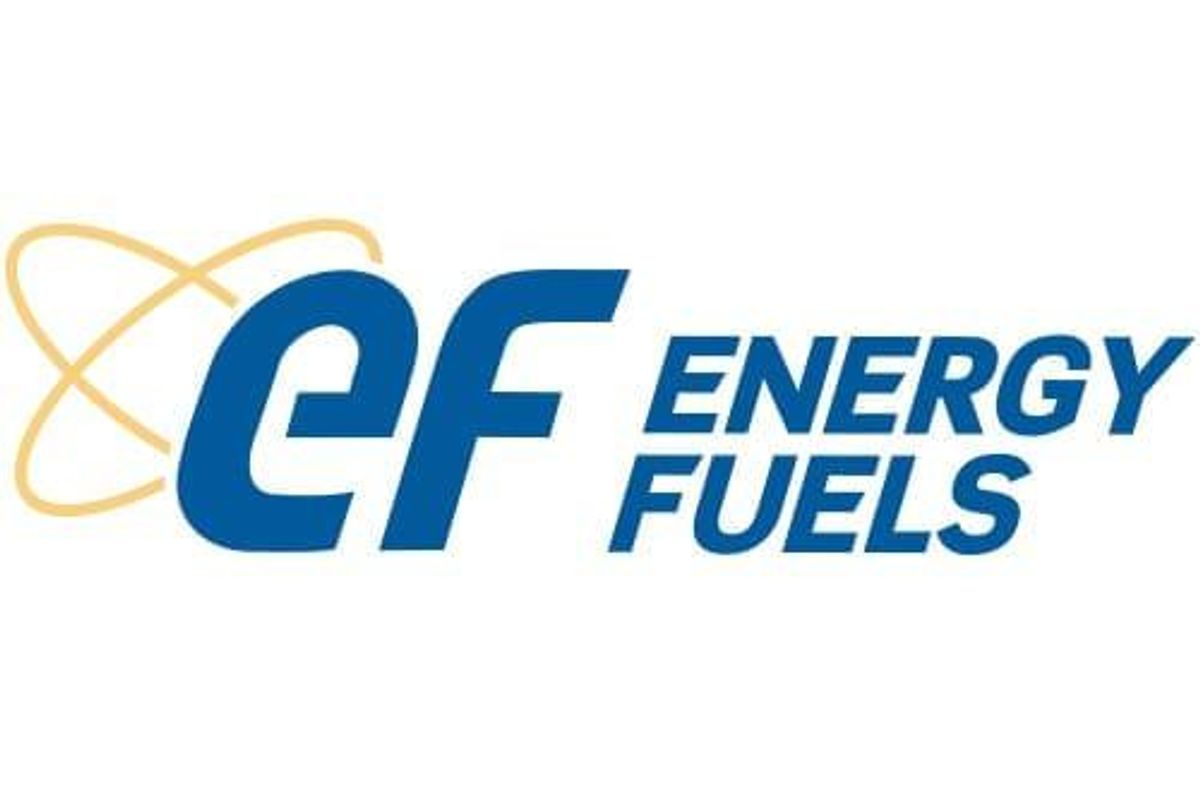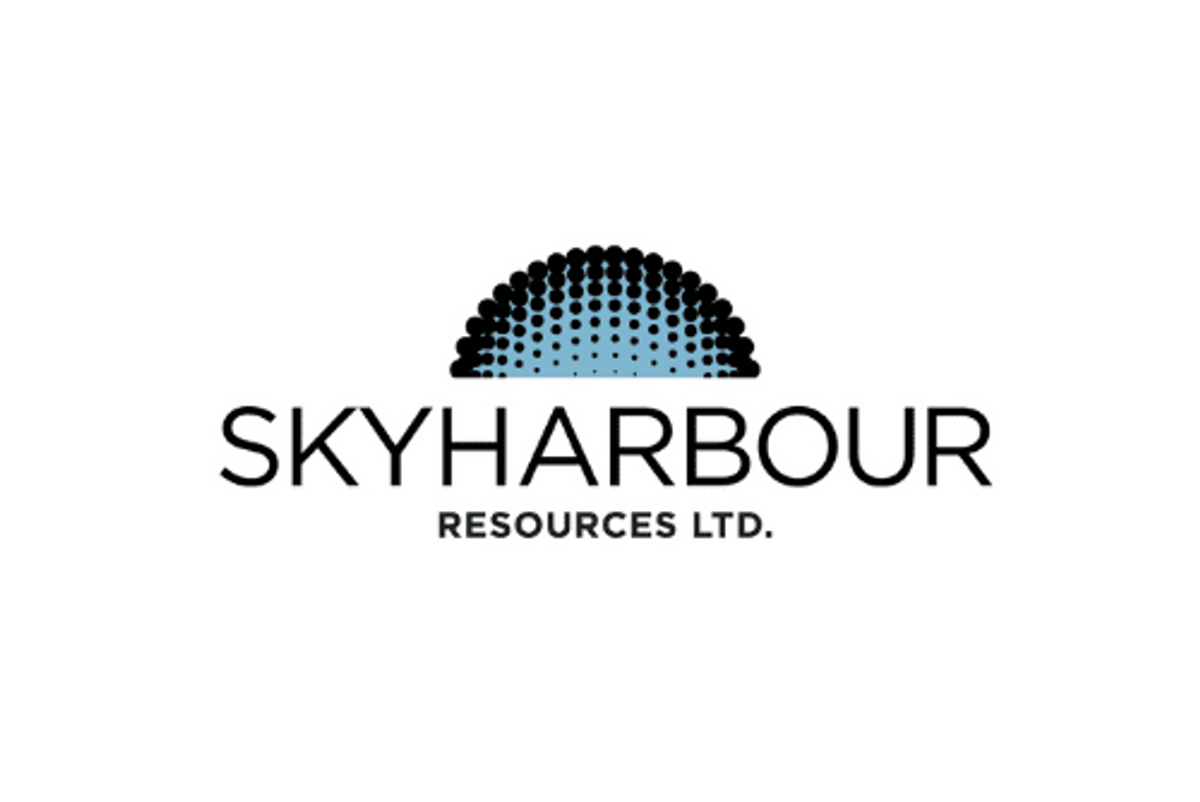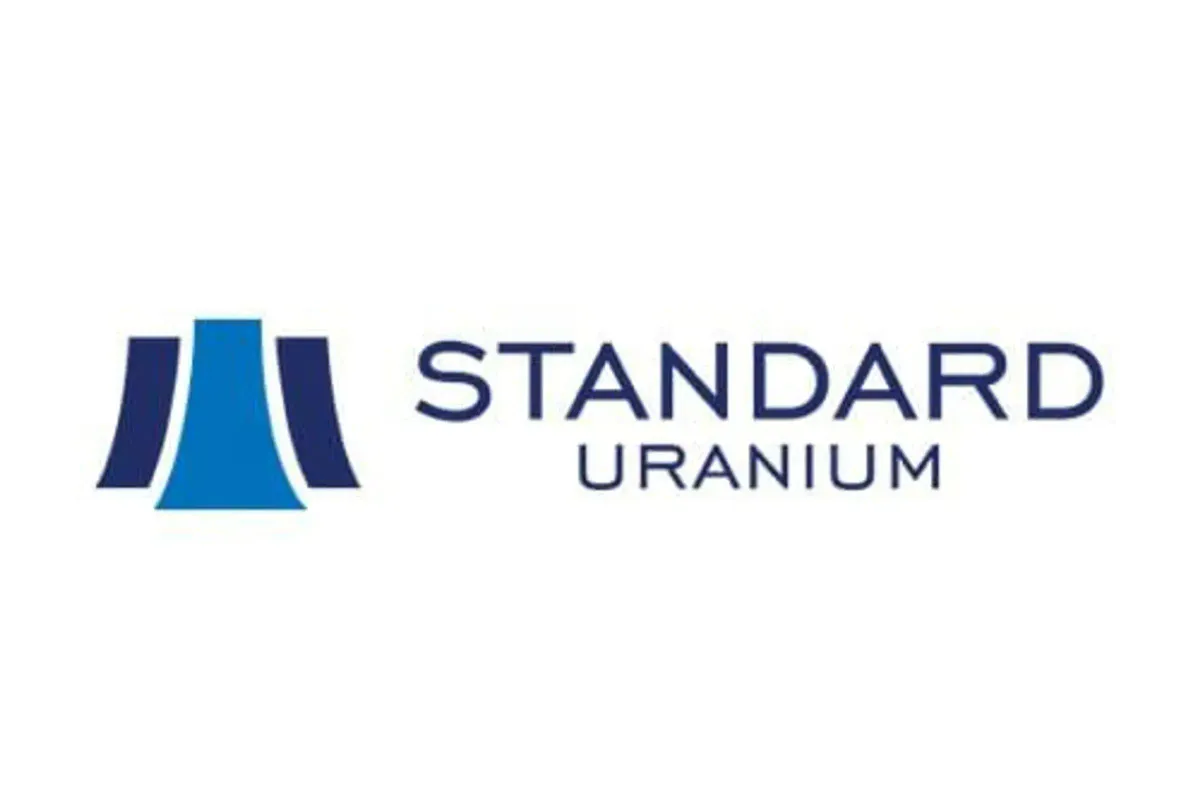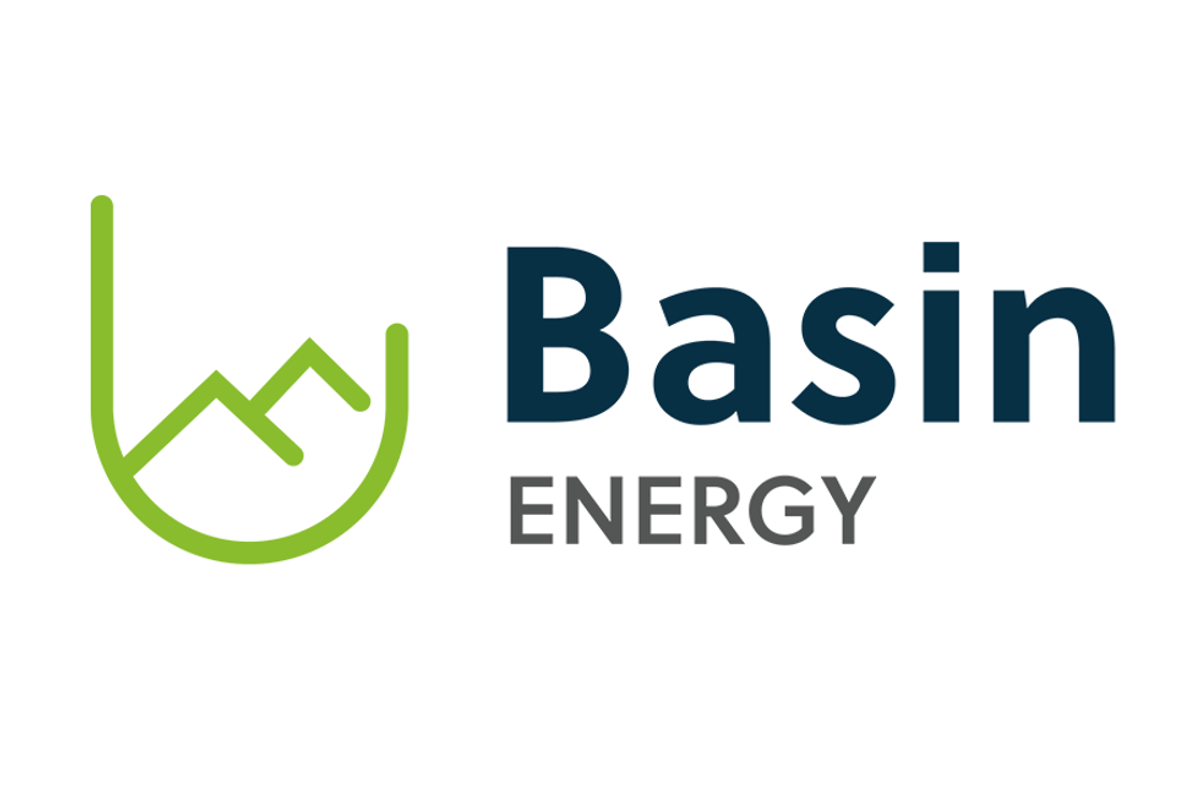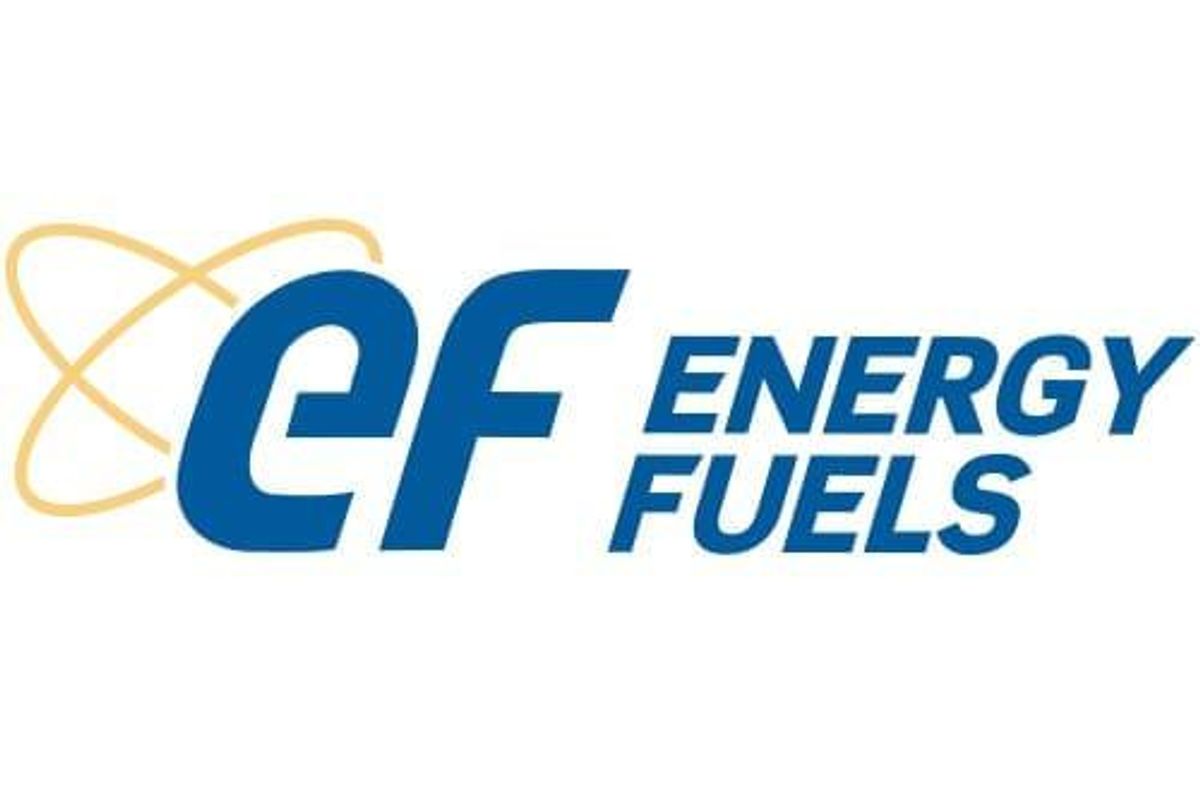
- AUSTRALIA EDITIONAustraliaNorth AmericaWorld
September 12, 2024
Energy Fuels Inc. (NYSE American: UUUU) (TSX: EFR) ("Energy Fuels" or the "Company"), an industry leader in uranium and rare earth elements ("REE") production for the energy transition, is pleased to announce that the Federal Court of Australia (the "Court") has today made orders approving the proposed acquisition of Base Resources Limited ("Base") by Energy Fuels by way of a scheme of arrangement under Australia's Corporations Act (the "Scheme").
As previously announced on April 21, 2024, under the Scheme, Energy Fuels will acquire 100% of the issued shares of Base in consideration of the issuance by the Company of 0.026 Energy Fuels Common Shares for every Base share held and the payment by Base of a special dividend of AUD $0.065 per Base share.
Mark S. Chalmers, President and CEO of Energy Fuels stated: "I am very pleased that the Court has approved Energy Fuels' combination with Base Resources. This approval is the final approval required before closing, which is expected to occur on October 2, 2024. We look forward to developing the world-class Toliara Project with Base's experienced team as a major step in our development of a world-class critical minerals company at a time when geopolitics is making domestic supply chains more important than ever. I am also very pleased to see that the recent improvements in REE prices are continuing, with the price of NdPr now at approximately $59.60 per kilogram."
As a next step, a copy of the Court order will be lodged with the Australian Securities and Investments Commission ("ASIC") and the Scheme will become effective, which is expected to occur on September 13, 2024. As a result, September 13, 2024, is expected to be Base's last day of trading on the Australian Stock Exchange ("ASX"). The Special Dividend (AUD$0.065 per share) is expected to be paid to Base shareholders on October 1, 2024, and implementation of the Scheme is expected to occur on October 2, 2024.
The Toliara Project is subject to negotiation of fiscal terms with the Madagascar government and the receipt of certain Madagascar government approvals and actions before a current suspension on activities at the Toliara Project will be lifted and development may occur.
ABOUT ENERGY FUELS
Energy Fuels is a leading US-based critical minerals company. The Company, as a leading producer of uranium in the United States, mines uranium and produces natural uranium concentrates that are sold to major nuclear utilities for the production of carbon-free nuclear energy. Energy Fuels recently began production of advanced rare earth element ("REE") materials, including mixed REE carbonate in 2021, and commenced production of commercial quantities of separated REEs in 2024. Energy Fuels also produces vanadium from certain of its projects, as market conditions warrant, and is evaluating the recovery of radionuclides needed for emerging cancer treatments. Its corporate offices are in Lakewood, Colorado, near Denver, and substantially all its assets and employees are in the United States. Energy Fuels holds two of America's key uranium production centers: the White Mesa Mill in Utah and the Nichols Ranch in-situ recovery ("ISR") Project in Wyoming. The White Mesa Mill is the only conventional uranium mill operating in the US today, has a licensed capacity of over 8 million pounds of U3O8 per year, and has the ability to produce vanadium when market conditions warrant, as well as REE products, from various uranium-bearing ores. The Nichols Ranch ISR Project is on standby and has a licensed capacity of 2 million pounds of U3O8 per year. The Company recently acquired the Bahia Project in Brazil and entered into a joint venture agreement to develop the Donald Project in Australia, each of which is believed to have significant quantities of titanium (ilmenite and rutile), zirconium (zircon) and REE (monazite) minerals. In addition to the above production facilities, Energy Fuels also has one of the largest NI 43-101 compliant uranium resource portfolios in the US and several uranium and uranium/vanadium mining projects on standby and in various stages of permitting and development. The primary trading market for Energy Fuels' common shares is the NYSE American under the trading symbol "UUUU," and the Company's common shares are also listed on the Toronto Stock Exchange under the trading symbol "EFR." Energy Fuels' website is www.energyfuels.com.
Cautionary Note Regarding Forward-Looking Statements: This news release contains certain "Forward Looking Information" and "Forward Looking Statements" within the meaning of applicable United States and Canadian securities legislation, which may include, but are not limited to, statements with respect to: any expectation that the Company will maintain its position as a leading U.S.-based critical minerals company or as a leading producer of uranium in the U.S.; any expectation that the acquisition of Base Resources will be completed or if completed, completed on the terms and time proposed; any expectation that Energy Fuels will be successful in agreeing on fiscal terms with the Government of Madagascar or in achieving sufficient fiscal and legal stability for the Toliara Project, if acquired; any expectation that the current suspension relating to the Toliara Project will be lifted in the near future or at all; any expectation that the Toliara Project will be developed; any expectation that the Company will become a world-class critical minerals hub; and any expectation that the Company's evaluation of radioisotope recovery at the Mill will be successful. Generally, these forward-looking statements can be identified by the use of forward-looking terminology such as "plans," "expects," "does not expect," "is expected," "is likely," "budgets," "scheduled," "estimates," "forecasts," "intends," "anticipates," "does not anticipate," or "believes," or variations of such words and phrases, or state that certain actions, events or results "may," "could," "would," "might" or "will be taken," "occur," "be achieved" or "have the potential to." All statements, other than statements of historical fact, herein are considered to be forward-looking statements. Forward-looking statements involve known and unknown risks, uncertainties and other factors which may cause the actual results, performance or achievements of the Company to be materially different from any future results, performance or achievements express or implied by the forward-looking statements. Factors that could cause actual results to differ materially from those anticipated in these forward-looking statements include risks associated with: commodity prices and price fluctuations; engineering, construction, processing and mining difficulties, upsets and delays; permitting and licensing requirements and delays; changes to regulatory requirements; legal challenges; the availability of feed sources for the Mill; competition from other producers; public opinion; government and political actions; the failure of the Company to complete the acquisition of Base Resources; the failure of the Government of Madagascar to agree on fiscal terms for the Toliara Project or provide the approvals necessary to achieve sufficient fiscal and legal stability on acceptable terms and conditions or at all; the failure of the current suspension affecting the Toliara Project to be lifted on a timely basis or at all; the failure of the Company to provide or obtain the necessary financing required to develop Toliara Project and the Company's other projects; available supplies of monazite; the ability of the Mill to produce REE carbonate, REE oxides or other REE products to meet commercial specifications on a commercial scale at acceptable costs or at all; market factors, including future demand for heavy mineral sands and/or REEs; actual results may differ from all such estimates and projections; the ability of the Mill to recover radium or other radioisotopes at reasonable costs or at all; market prices and demand for medical isotopes; and the other factors described under the caption "Risk Factors" in the Company's most recently filed Annual Report on Form 10-K, which is available for review on EDGAR at www.sec.gov/edgar, on SEDAR+ at www.sedarplus.ca, and on the Company's website at www.energyfuels.com. Forward-looking statements contained herein are made as of the date of this news release, and the Company disclaims, other than as required by law, any obligation to update any forward-looking statements whether as a result of new information, results, future events, circumstances, or if management's estimates or opinions should change, or otherwise. There can be no assurance that forward-looking statements will prove to be accurate, as actual results and future events could differ materially from those anticipated in such statements. Accordingly, the reader is cautioned not to place undue reliance on forward-looking statements. The Company assumes no obligation to update the information in this communication, except as otherwise required by law.
nysemkt:uuuuvanadium investinguranium investinguranium miningvanadium stocksvanadium explorationuranium explorationvanadium mininguranium stocks
UUUU
The Conversation (0)
29 May 2024
Energy Fuels
America’s Leading Producer of Critical Materials for the Clean Energy Transition
America’s Leading Producer of Critical Materials for the Clean Energy Transition Keep Reading...
23 May
Precious Metals & Critical Minerals Hybrid Investor Conference: Presentations Now Available for Online Viewing
Virtual Investor Conferences, the leading proprietary investor conference series, today announced the presentations from Precious Metals & Critical Minerals Hybrid Virtual Investor Conference held May 22 nd are now available for online viewing. VIEW PRESENTATIONS HERE The company presentations... Keep Reading...
16 May
Precious Metals & Critical Minerals Hybrid Investor Conference Agenda Announced for May 22nd
Virtual Investor Conferences, the leading proprietary investor conference series, today announced the agenda for the Precious Metals & Critical Minerals Hybrid Virtual Investor Conference. Individual investors, institutional investors, advisors, and analysts are invited to attend. This in-person... Keep Reading...
14 April
Western Uranium & Vanadium Corp. Announces Ore Purchase Agreement
Western Uranium & Vanadium Corp. (CSE: WUC) (OTCQX: WSTRF) (" Western " or the " Company ") is pleased to announce that the Company has entered into an Ore Purchase Agreement ("Agreement") with Energy Fuels Inc. (NYSE American: UUUU) (TSX:EFR). Western plans to commence hauling around the... Keep Reading...
05 December 2024
Energy Fuels and Madagascar Government Execute Memorandum of Understanding to Further Advance Toliara Critical Mineral Project in Madagascar
Energy Fuels Inc. (NYSE American: UUUU) (TSX: EFR) ("Energy Fuels" or the "Company"), a leading U.S. producer of uranium, rare earth elements ("REE"), and critical minerals, is pleased to announce that it has entered into a Memorandum of Understanding (the "MOU") with the Government of... Keep Reading...
05 December 2024
Energy Fuels and Madagascar Government Execute Memorandum of Understanding to Further Advance Toliara Critical Mineral Project in Madagascar
Energy Fuels Inc. (NYSE American: UUUU) (TSX: EFR) (" Energy Fuels " or the " Company "), a leading U.S. producer of uranium, rare earth elements (" REE "), and critical minerals, is pleased to announce that it has entered into a Memorandum of Understanding (the " MOU ") with the Government of... Keep Reading...
25 November
Canada, India Close to Resuming Uranium Trade After Diplomatic Freeze
Canada is preparing to unveil a multibillion-dollar uranium export agreement with India, marking the strongest sign yet that the two countries are rebuilding ties after a two-year diplomatic freeze. Two people familiar with the negotiations revealed that the deal, valued at roughly US$2.8... Keep Reading...
19 November
Hydrogeological Testing Underway at Lo Herma
Hydrogeological testing has commenced at AMU’s flagship Lo Herma ISR Project in Wyoming’s Powder River Basin to validate aquifer performance concurrent with Phase 1 drilling which aims expand the 8.57Mlb resource at Lo Herma.
American Uranium Limited (ASX:AMU, OTC:AMUIF) (American Uranium, AMU or the Company) is pleased to advise that hydrogeological testing at its Lo Herma ISR uranium project in Wyoming’s Powder River Basin has commenced. Testing is being undertaken by Petrotek Corporation, a leading injection well... Keep Reading...
11 November
Drilling Commenced for Sybella-Barkly Uranium and Rare Earth
Basin Energy (BSN:AU) has announced Drilling commenced for Sybella-Barkly uranium and rare earthDownload the PDF here. Keep Reading...
Latest News
Latest Press Releases
Related News
TOP STOCKS
American Battery4.030.24
Aion Therapeutic0.10-0.01
Cybin Corp2.140.00


